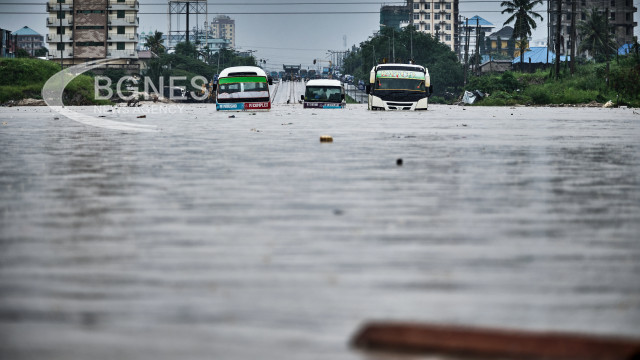The effects of El Niño, which continues to wreak havoc around the world, will be felt especially in East and Southern Africa, as well as in Central America, according to UN data.
There is currently a 69% chance of a transition to La Niña by July-September and an 85% chance by the end of the year. Scientists and disaster management professionals are already preparing for the potential effects of La Niña.
In recent weeks, more than one million people have been affected by floods in Kenya, Brazil, and Pakistan, and hundreds of people have lost their lives in East Africa. At the same time, Southeast Asia is experiencing a widespread heat wave and South Africa is facing the prospect of crop failures due to drought.
International and regional mobilization in response to these crises is a positive development, but much more needs to be done. Humanitarian needs continue to be severely underfunded, leaving people on the ground to bear the brunt of these disasters.
A recent study by the World Food Program (WFP) and Action Against Hunger (AfH) highlights that El Niño has dramatically worsened the food security of millions of people in Central America, particularly in the so-called Dry Corridor, amid intensifying impacts of climate change.
In 2023, Central America experienced one of its most difficult years due to El Niño, a climate phenomenon known for causing prolonged droughts. This impact was felt most strongly in the Dry Corridor, home to over 10 million people.
El Niño, part of the El Niño–Southern Oscillation (ENSO), is characterized by warming of sea surface temperatures in the Pacific Ocean, which affects global weather patterns and typically results in reduced precipitation in Central America. As a consequence of this, severe drought conditions occur, devastating crops and the livelihoods of local farmers.
According to estimates of SPP and DPG from 2023. by March 2024, between 1.7 and 2.7 million people in El Salvador, Guatemala, Honduras and Nicaragua will need food aid due to the impact of El Niño.
Governments and international agencies are trying to respond to these challenges. The CFP strategy includes cash transfers, food aid and strengthening early warning systems and institutional capacity to better predict and respond to these climate events. /BGNES







